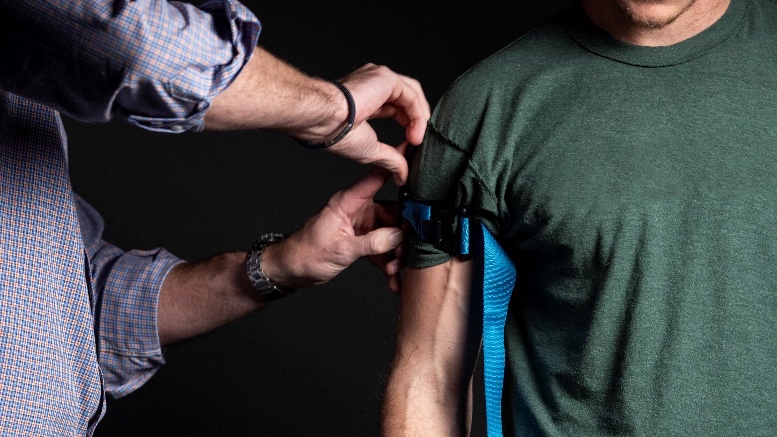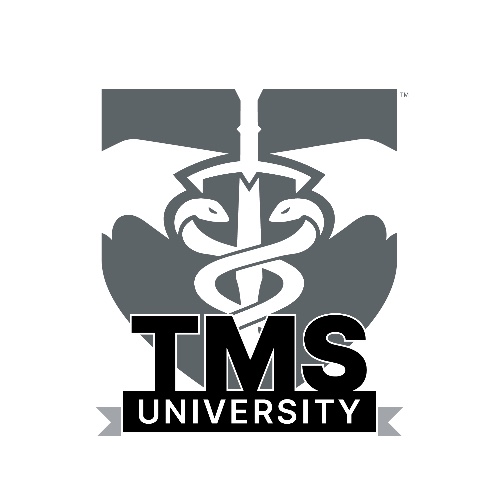A dryer, a toilet, a flashlight, and a refrigerator door. Although you may not be an expert on these items, you could probably find out how to fix them all by watching a YouTube video. But can you expect the same success by watching a video or taking an online course on a trauma-related skill? Let’s try and figure it out.
Over the years, trauma and austere medicine is often described as a contact sport; let’s face it, when things get hectic, you have got to get in there and get your hands dirty. However, to do this well, you need competent instruction. You will probably not be able to achieve this through online education alone. While online training has its strengths, it’s a poor substitute for quality in-person training for trauma medicine. It all comes down to getting your hands dirty, and that is where online training loses out. Having a competent instructor watching you or watching them demonstrate a task (especially one that you might have to perform under stress) is still not replicable online.

That’s not to say online training is without benefits. For example, in today’s pandemic, factors like ease of access, cost-effectiveness, and social distancing sometimes make online training the only option available for staying current or improving your skills. Here are some ways to use online training to augment and enhance your knowledge, skills, and even improve your in-person sessions:
Pre-Training Materials:
Online materials like videos, PDFs, or PowerPoint presentations you provided to students or read before attending the class. Having a better understanding of the subject before training cuts down on time spent hammering in on more straightforward topics and allows you and the instructor to focus on the more complex subjects.
Post-Training Materials:
Online training works great to refresh our memory after hands-on training is over and later provides reference materials for study.
As you build your skills in trauma medicine, in-person training with a competent trainer teaching solid, evidence-based instruction should always be your first choice. However, using online training to augment this will only make you a more qualified provider in the long run.

At TacMed™, we offer TMS University™, our online training portal, for e-learning and information-sharing to find relevant information of pre-hospital trauma treatment and equipment. This online platform is a great opportunity to have better knowledge pre-training and serves as a great tool to refresh your memory post-training.
For access to TMS University™, check out tacmedsolutions.com/tms-university.


Any plans to get the material CAPCE approved so it can be used for NREMT continuing ed hours?